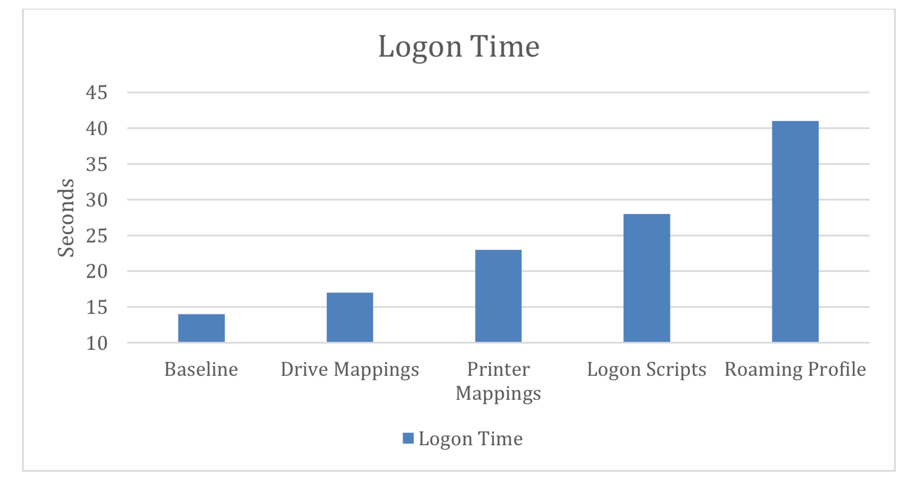We are holding back on deploying SP4 on any of our client W2K Pro workstations because logon scripts do not run after install. Details below: User Accounts domain is trusted by workstation server resource domain.

Lets call them ACCT and RES for domain names. All domain controllers from both domains are W2K Server with either SP2 or SP3. Workstations work fine with SP3. The domains are native. As soon as they are upgraded to SP4 or if a clean build is done with SP4 integrated, they do not get logon scripts.
I can go out to the SYSVOL share on the ACCT domain controller and run the logon successfully on all SPs even SP4. This also falls true for all of our Win 2003 Servers.
BUT, when we log into the RES domain with a RES account, the logon script that is set for that user in RES does run successfully. It is just when we log into the ACCT domain that the scripts do not run.
Like I said, this also is the same for W2K3 Server both console and terminal logons. To fill in a couple of other blanks, since we have a world wide extremely large ACCT domain, our logon script paths include a sub folder. It look like this in AD U&C: MTN USER.BAT During my test to see if it was a trust problem, I did include a subfolder within the path when I tested a RES to RES login, and it was successful. I believe this is a trust type of problem with the new SP and W2K3 Server. Jerry Schulman is working with me at the time and I would like to see if any other people are experiencing the same problem or have any sound input. Like I said, we cannot deploy W2K3 Server or W2KSP4 until this is resolved.
Thank you for any valid responses.Harry Bates Lockheed-Martin. Well, the event is quite self-explanatory. I assume that the user account in one domain is logging on a computer which is in different domain. I also assume that either of the domains (or both) is NT4 domain. Then my guess is the following: after SP4 installation, group policy subsystem treats trusts with NT4 domain in the same way as cross-forest trusts between Windows 2003 mode forests. In this case, you might want to look at the group policy settings (at the machine with SP4 applied) related to cross-forest profile and group policy processing, and enable them.
This may work. After seeing the event: Event Type: Information Event Source: Userenv Event Category: None Event ID: 1000 Date: 6/30/2003 Time: 3:38:50 PM User: NT AUTHORITY SYSTEM Computer: MTN-H2 Description: The logged on user's forest is different from the machine's forest. Cross Forest Group Policy processing is disabled and loopback processing has been enforced in this forest for this user account. I migrated around local group policy with GPedit.msc to: Computer Configuration Administrative Templates System Group Policy and noticed a new entry: 'Allow Cross-Forest User Policy and Roaming Profiles' Once I enabled this on the workstations they got the logon script.
MS should look into this one.Harry Bates.
. Make sure the 2 forests have successfully set up 2 way trust.
Add all the users from other domains to the Remote Desktop Users group on XenApp server so that these users have permissions to establish remote sessions. Follow the steps below one XenApp server to assign user permissions for the published application.
Cross Forest Roaming User Profiles Are Disabled Citrix For Mac Windows 10
Run the following commands to clear the XenApp local host cache (the operation have impact to the functionality of XenApp server, please do it in spare time), to make sure that we can see the other forest in the following steps. Net stop imaservice Dsmaint recreatelhc Net start imaservice Net start citrixwmiservice Launch AppCenter, assign user permissions of the other forest for the published application.
Cross Forest Roaming User Profiles Are Disabled Citrix For Mac Free
Enable ' Allow Cross-Forest User Policy and Roaming User Profiles' policy to make sure the user policy of another domain can be applied to the XenApp server. Allow Cross-Forest User Policy and Roaming User Profiles via GPO under Computer Configuration Policies Administrative Templates System Group Policy: How to Implement and Configure Profile Management Group Policy Settings Using.ADM Template.